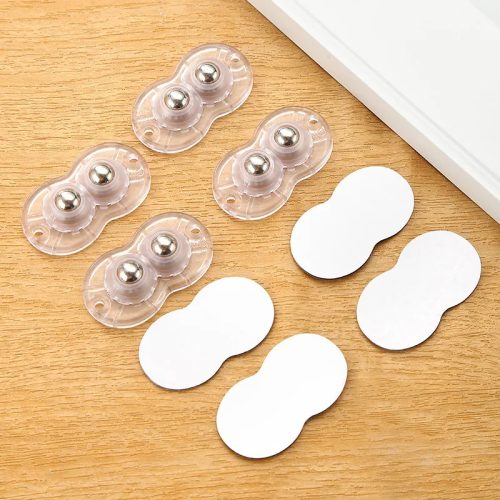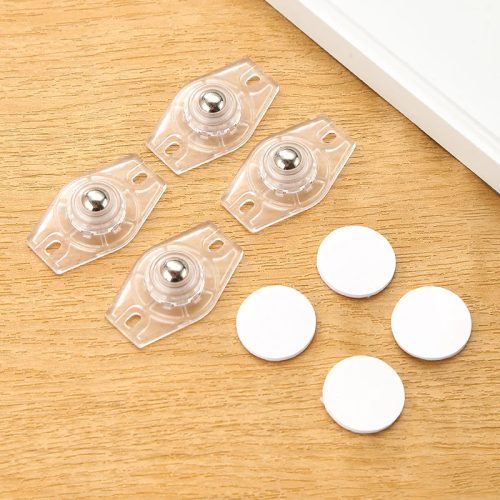When it comes to heavy-duty furniture in commercial and industrial settings, mobility is a must. That’s where heavy-duty furniture casters come into play. These robust, durable wheels are designed to withstand the demands of high-traffic areas and heavy loads. In this article, we’ll take a closer look at heavy-duty furniture casters, their advantages, applications, and how they contribute to the efficiency of commercial and industrial environments.
The Strength of Heavy-Duty Furniture Casters
Heavy-duty furniture casters are engineered to handle the harshest conditions. They are often made from strong materials such as steel or solid rubber and designed to carry substantial weight. Here’s why they are a game-changer in industrial settings:
1. Exceptional Load-Bearing Capacity: Heavy-duty casters are built to support heavy loads, making them suitable for machinery, equipment, and large furniture pieces.
2. Durability: These casters are made to last, even under constant use and exposure to challenging environments. They resist wear and tear, corrosion, and impact damage.
3. Improved Stability: Heavy-duty casters often have larger wheel diameters, which enhance stability and reduce the risk of tipping, especially with tall or heavy equipment.
Applications of Heavy-Duty Furniture Casters
Heavy-duty furniture casters are incredibly versatile and have numerous applications in commercial and industrial settings. Some of the most common applications include:
1. Manufacturing Facilities: Heavy machinery and equipment are frequently moved within manufacturing facilities. Heavy-duty casters make this task more manageable and safer.
2. Warehouses: In warehouses, heavy-duty casters help employees transport large loads efficiently and navigate narrow aisles with ease.
3. Hospitals: Medical equipment, such as hospital beds and diagnostic devices, is often mounted on heavy-duty casters, allowing for easy maneuverability and quick reconfiguration of healthcare spaces.
4. Restaurants: Commercial kitchen equipment, including ovens, stoves, and refrigerators, are often equipped with heavy-duty casters for flexibility in kitchen layout and maintenance.
5. Construction Sites: Construction equipment, scaffolding, and tool carts rely on heavy-duty casters to move equipment and materials on job sites.
Selecting the Right Heavy-Duty Caster
When choosing heavy-duty casters for your industrial or commercial needs, consider the following factors:
1. Weight Capacity: Ensure the casters can support the heaviest load you plan to move. Some heavy-duty casters are rated for loads of over a thousand pounds.
2. Wheel Material: Choose a wheel material that suits your specific environment, whether it’s steel, rubber, or another material that can handle the conditions in your workplace.
3. Swivel vs. Rigid: Depending on your needs, you might opt for swivel casters for better maneuverability or rigid casters for stability in one direction.
In conclusion, heavy-duty furniture casters are the unsung heroes of industrial and commercial environments. They offer the strength and durability necessary for heavy loads and high-traffic areas. By selecting the right heavy-duty casters for your application, you can significantly improve efficiency, reduce the risk of injury, and prolong the life of your equipment. Consider these robust casters as essential tools for enhancing the mobility and functionality of your commercial or industrial space.


